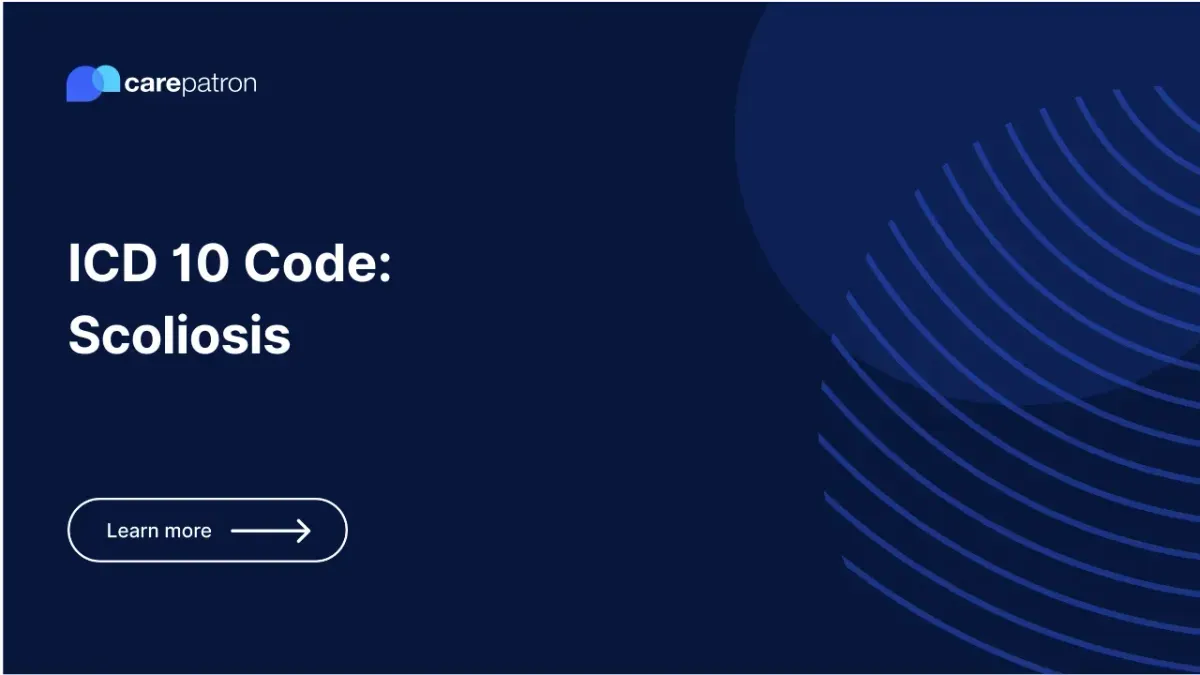
Scoliosis ICD-10-CM Codes | 2025
Learn the ICD-10 codes used for scoliosis, vital for precise medical billing and record-keeping. Find codes for varying types of scoliosis with Carepatron.
Use Code
Commonly asked questions
When a patient is diagnosed with scoliosis or is being treated for scoliosis, the appropriate ICD code should be used.
Yes, scoliosis diagnoses are billable with the appropriate and specific ICD-10 codes.
Treatments range from watchful waiting for mild cases to bracing for moderate scoliosis and surgery for severe cases.
EHR and practice management software
Get started for free
*No credit card required
Free
$0/usd
Unlimited clients
Telehealth
1GB of storage
Client portal text
Automated billing and online payments
